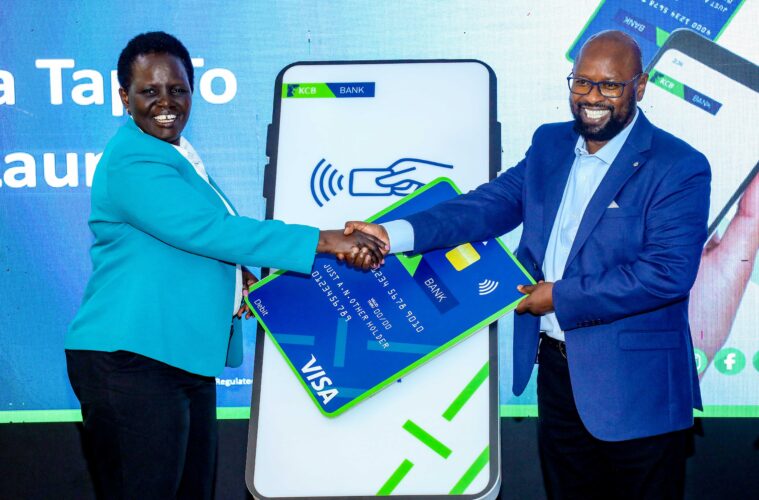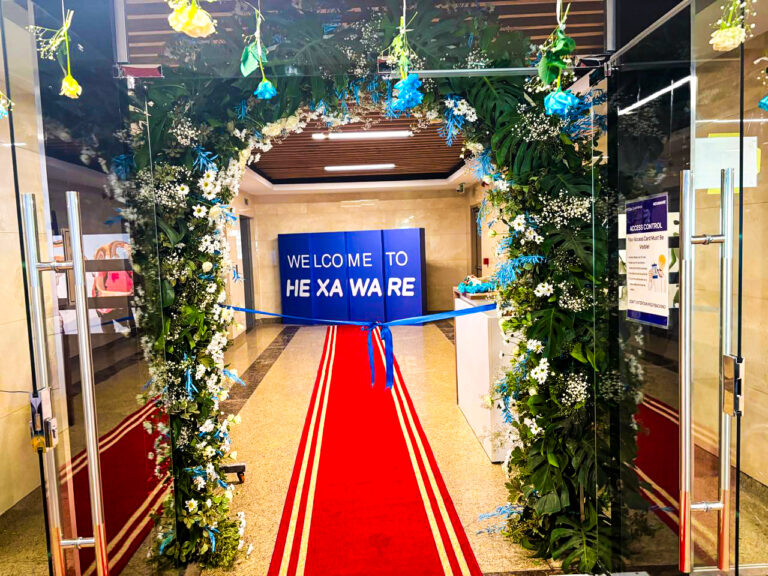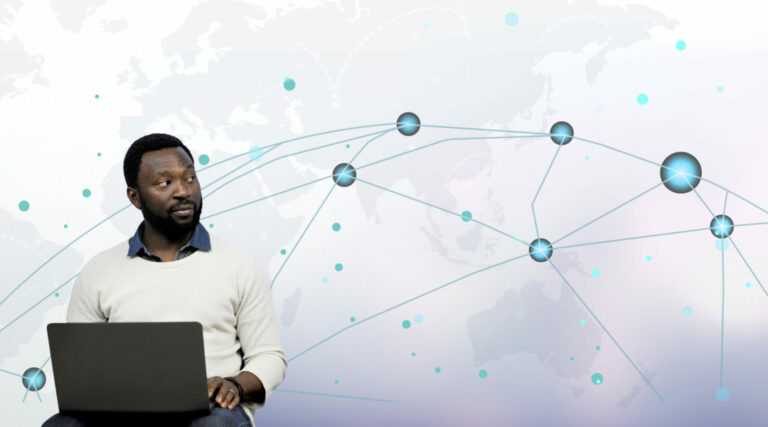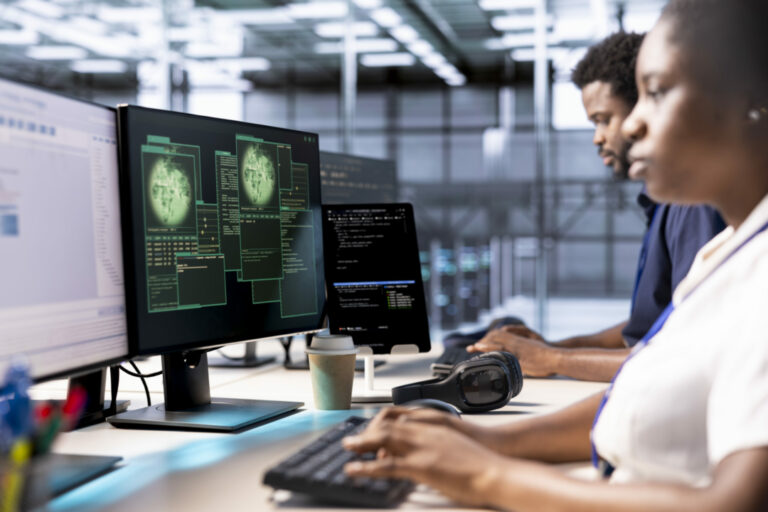advertisement
20 on 2020 – IT leaders dish out predictions
Twenty IT leaders look into their crystal balls to predict the technologies and trends that will drive the sector in…

Twenty IT leaders look into their crystal balls to predict the technologies and trends that will drive the sector in 2020.
CIO asked technology bosses about their top line predictions for 2020, the technologies that will have the greatest impact next year, and what top trends will impact the IT and business landscape.
Here are the predictions from IT leaders across vendor land to CIOs and CTOs across a host of industries.
advertisement
Michael Snell, service strategy manager, Airservices
Intelligent systems (machine learning, artificial intelligence and automation) are the top trends in 2020. Intelligent systems will have a significant impact on increasing situational awareness (insights) and using these insights to enhance decision making – to deliver optimal outcomes for customers.

One large impact on the business landscape will be the expanding role of digital twins – extending beyond the optimisation of individual assets/systems to driving improvements at the organisational level.
advertisement
We are introducing a reference to ‘Digital Twin of Operations (DTO)’ – having recently built some proof of concepts. The DTO brings together inputs from a range of different systems and assets onto a common data & analytics platform; is able to process large-scale and real-time data sets to simulate millions of ‘what if’ scenarios through cloud technologies.
We also see that increasing situational awareness requires a focus on visualisation is also critical. Building applications that are designed to present the right information at the right time to the right people – so that the inputs are easy to understand and interpret.
Mark McGregor, head of strategy of business transformation solutions provider, Signavio
advertisement
What should every CIO be preparing for in 2020? The application of AI and ML, not just in business, but in how IT systems are built and managed. CIOs need to consider how these technologies are applied and leveraged in their own domain.
Additionally, CIOs need to be preparing to help businesses deal with the inevitable disruption that the introduction of new systems will create. Lack of ability to scale these technologies and to replace or update them promptly when they become obsolete requires skills and thinking some business leaders do not have. Proof of concepts and small-scale rollouts are great, but as we saw in the 1980s, small-scale base type apps were great for one or two people, but were never engineered for enterprise-grade. We’re likely to witness similar issues with RPA and other Low/No-Code BPM type systems, and with more significant data privacy issues the business risk is substantial.

There are some things CIOs won’t see coming in 2020 including citizen IT. There has been much talk of citizen developers for many years, but with AI/ML and technologies like RPA, the pace is accelerating. In process mining, data mining, process analysis, and other fields, we’re seeing that the trend is to empower knowledge workers at their desks. To provide the tools and technologies that enable them to create systems for themselves. The push toward individual productivity and the desire to deliver faster will change the role and purpose of traditional IT functions.
What do CIOs need to change in 2020? While some CIOs have started to switch from thinking about IT as a service to the business, and instead see IT as a fundamental and core part of the business, serving customers outside of the organisation, others have still to make the shift.
Customer centricity is now pervasive in business and process design – no longer can we change the way that our employees and customers interact to suit our systems, systems need to change to work the way that people do. CIOs that embrace this change, and educate their teams and ensure greater flexibility in the systems they use, will prove themselves invaluable to executive teams. Those that don’t, risk being relegated to the more traditional IT and infrastructure management role and will be given no part to play in helping design the future for their organisations.
Guy Boyangu, chief technology officer and co-founder, Sisense
Over the past few years, data lakes have become a more popular way of storing data for most companies. This is due to the massive amounts of data that can be stored at a very low cost and the separation of storage from computing. The data, however, is stored in an unstructured way without a predefined schema and most companies find themselves using less than 10 per cent of their stored data for analytics and BI purposes. In the coming year, we will see more and more companies using existing and emerging technologies and products to make the huge amounts of unused data accessible for any type of analysis – from BI to data science.

The new breed of products will include new and improved engines to run queries against the data lake, tools to transform and prepare data in the data lake, tools to move data between environments, and tools to manage the overall data environment, including pipelines, cataloguing and RBAC.
Streaming analytics allows companies to analyse data as soon as it becomes available, significantly enhancing real-time analytics. This is a very difficult level of BI. Think of Uber trying to pick your driver in seconds from hundreds of choices. Until now, this has been a complicated process involving a full back-end team of DevOps and data engineers to constantly monitor and manipulate the data so that real-time data can be acted upon at any given moment. Over the next few years, we will see more and more services offering a simple point and click interface for streaming real-time data. This will allow companies to gain the value of streaming analytics while cutting the cost of the enabling infrastructure. The value of the data as companies will be able to analyse risks before they occur.
Lavi Lazarovitz, group research manager at CyberArk Labs
Drones will open up a new pathway for intelligence gathering. To date, the security concern around drones has mostly been focused on the physical damage that could be perpetrated by nefarious actors, including nation states. In 2020, we could start seeing attackers focus more on what drones know and how that information can be exploited for intelligence gathering, corporate espionage and more.
Ransomware attacks will have a butterfly effect, aimed at disrupting and destabilising critical public systems. Wanting access to a greater diversity of systems, including cloud environments and containers, we’ll begin to see innovation in ransomware that focuses more on Linux to take broader advantage of digital transformation trends. Investments in cyber insurance will have a contrary effect, and will drive even greater waves of attacks. Attackers will target organisations with cyber insurance because of the high likelihood of getting paid.

Political attacks causing disruption and disenfranchisement will increase. While much of the discussion tends to focus on disinformation campaigns, including the use of deepfake technology to influence opinion, attacks will evolve to have a broader disruption theme that goes beyond media. We’ve considered the impact of stalling major transportation systems – like buses and trains – in major metropolitan areas that could impact significant events or reflect poorly on the state government. A sequencing of these attacks that impact core infrastructure – halting transportation, shutting down the electrical grid or launching an attack on citizen databases – can have a domino effect and impact the ability for the government to operate with trust and reliability.
Biometrics will create a false sense of security in enterprises. While biometric authentication is a very good way to authenticate a user to a device, organisations must be aware that every time that happens, that biometric data must be encrypted and the assets behind the authentication are secure. Even more importantly, the network authentication token that’s generated must be protected.
Andrew Todd, CTO, iress
There will be further strong progress of voice-based user interfaces, driven by Alexa, Google et. These will start to more frequently support business software, however there is still a significant way to go as data held within businesses is not yet ready to drive this into the mainstream. More traditional businesses, driven by the potential of AI and ML will recognise the need to improve the quality of data held and how they process it which will then support an increase in real personalisation.
There will be a bigger push by business to implement blockchain type solutions in order to better enable the ability to provide trust-based solutions that work more effectively in a globally-distributed, more interconnected environment. There will also be a push for business to implement block-chain or ML/AI type solutions just to do it, when more traditional, simpler solutions would suit, resulting in continued investment in technology but lack of value generated from those investments, including lack of value for clients/customers.
I have a view that in line with continued globalisation of businesses and the increasing interconnectedness, combined with the continued and increasing focus of ‘start-ups’ there is a risk of distraction for businesses. This will play out in a way where strategic partnerships become more important to drive value within businesses, and they will need to become more focused on who is a real partner, and who is just a simple vendor providing basic componentry. Perhaps importantly, as a result of this, trust will become even more important. This has the potential to further drive solutions around blockchain but also drive existing identity, privacy and security-based solutions more strongly.
Ken Reddy, CEO, Reddy2Grow
Hands down AI and ML will have the greatest impact on 2020. We have spent the last five years talking about and collecting big data to improve the user experience but very few companies have come close to cracking the elusive holy grail of ‘the single customer view’. I think 2020 will see the rise of single customer view driven experiences, which is both good and bad. The good is obvious; less hassle and getting a tailored user journey for the services that I use. The bad is when companies implement this without fully understanding the tech.

The continued rise of tech partnerships, JV’s, mergers and acquisitions to improve product offerings will have the greatest impact on 2020. We saw a rise of companies in 2019 using this as a strategy to bolster product offerings, such as PayPal with GoPay to allow them to finally get a domestic license in China, & Honey the price comparison tool to ensure users get the best deal online.
Amazon Eero to strengthen it’s Ring acquisition in 2018. McDonalds with Dynamic Yield to use AI driven user experiences while ordering, Google with Alooma to strengthen it’s hybrid cloud and migration capabilities. These key acquisitions have had a huge impact on not only the end user having a more seamless experience but also in the start-up space, as founders started becoming more problem focused, so instead of disrupting a space people are looking to solve gaps in user experience and hopefully get swallowed up by someone larger in their space.
Johnny Serrano, global head of IT, Ground Probe
Technologies like 5G, internet-of-things (IoT), artificial intelligence (AI) being part of people’s everyday life and processes/applications in the workforce. This will include automation from deployment of equipment to paying of invoices or providing customer support via different types of bots – it will truly start to change and evolve the office environment. This will change workers spending most of their time on repetitive tasks at their desks; the most innovative companies are creating multiple workspaces for employees to enable creativity and ideas.

The top trends will continue to magnify as I don’t believe that they have peaked. The skills shortages in areas such as cybersecurity, AI, RPA and other emerging technologies are holding businesses back in how to safely secure and use its data for competitive advantage.
Michael Grant, deputy chief operating officer/director, information technology services, Murdoch University
As financial margins continue to be challenged, the use of technology to provide operating efficiencies will continue to grow. While business process management solutions have been around for awhile, the advent of automation and AI will significantly increase the value these platforms can provide in optimising critical business processes, increasing the value to the customer while reducing the cost to serve.
The focus on cybersecurity only increases the need to move to secure, resilient, scalable, sustainable ‘as a service’ platforms and decommission the legacy systems that can longer be secured. The ability for citizen users to leverage their own platforms increases focus on security awareness and policy to ensure that the organisation’s data remains secure, reinforced by technologies such as threat management (SIEM) and Multi-Factor Authentication (MFA).
Nicki Doble, group CIO, Cover-More
The launch of AWS Sagemaker Studio (and the Autopilot tool) will open up ML capability to a wider range of developers and I predict we will see a lot more companies very quickly starting to use ML as a standard tool rather than something they are aspiring to do and listed in a roadmap. If IT teams haven’t started to use ML in 2020 then I predict another round of companies will be left behind as the competition steams ahead.

On the trends front, cyber and resilience planning will move into build and delivery. BCP & Business Resilience planning will become part of the day to day operations and duties of digital and applications managers. It will no longer be just a separate practice managed by a separate team and scenarios run just a couple of times a year. Organisations will better prepare for the inevitable cyber attacks and vendor outages by heavily threading cyber and resilience into day to day discussions around meeting customer delivery commitments and data protection. This will require full product teams – solution architects, developers, quality engineers, product managers to be trained in how to ensure resilience in their design and expectations.
Security SME’s will live within the business and development teams rather than just under a specialised cyber team. IT teams will start building cyber certs as a standard practice into the Pi shaped skill sets that we ask staff to develop towards.
Nick Lambrou, managing director A/NZ, Boomi
The pressure to deliver digital services, operate more efficiently, and predict customer expectations will see organisations spend big on new digital services, with investments around best-of-breed solutions and microservices to win out against large, all-encompassing software suites.













